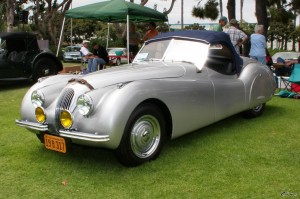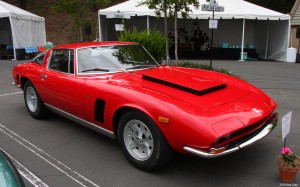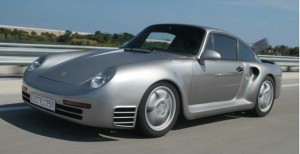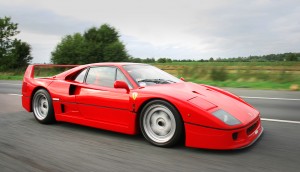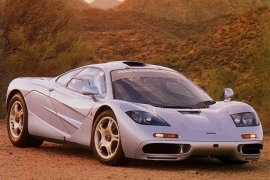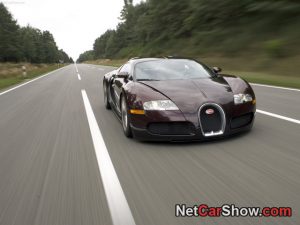Top dog. Man in front. The king. To some manufacturers, the title of “World’s Fastest Production Car” is essential to their existence. It may even be worth more than bragging rights. It’s marketing, advertising, and pedigree all in one. There are evendisputes over who can claim the current title. It wasn’t always this way
Nowadays manufacturers haul their cars in specially-constructed trailers to uber-secret test facilities like Volkswagen’s Ehra-Lessien to verify records under strict testing conditions, with only the finest in professional race drivers at the wheel. But back in the day, things were a bit different.
Magazines like Motor, and its rival Autocar, would drive a car out to a runway or a track and simply see how fast a car could go, with nought but a scraggly journalist behind the controls. Occasionally, they’d set a record.
Let’s take a look at some of those select record holders for “World’s Fastest Production Car” over the years:
1894 Benz Velo
Alright, this one wins by default as the first production car. With a blistering pace of 14.5 miles per hour, it’s a wonder they didn’t call it a day with this whole record-setting hooey right then and there.
1949 Jaguar XK120
There’s a bit of a chronological gap between the Benz and the Jaaaag, sure, but the British cat was the first to really be known as the fastest. With a top speed of 124.6 mph it may seem a bit pokey today, but it was impressive at the time. And with 12,000 built, there were definitely no squabbles about if it was really a car for the masses.
1963 Iso Rivolta Grifo A3/L 327
The legendary Mercedes 300SL and a couple of Astons slotted in between this and the Jaguar, but the sleek Bizzarini-designed Grifo is so desperately pretty it just had to be shown. With aChevy V8 under the hood it had enough power to propel it to 161 mph. It’s kind of strange to think that there’s a good chance your mom’s car can do that kind of record-setting speed 50 years late
1986 Porsche 959
Ferrari and Lamborghini took turns incrementally upping the mark throughout the 1960s and 1970s with the Daytona and variations of the Miura, respectively, but the Porsche 959 blew everything else out of the water. With a technologically advanced drivetrain, suspension, and let’s be honest pretty much everything else, Porsche took the crown at 195 mph. It also started the trend of ultra-low volume halo cars becoming the main pugilists in the fight for the title.
1987 Ferrari F40
What, you think Enzo’s glory would allow some Beetle outshine Ferrari? Just one year later, the stripped-down F40 finally topped the 200 mark, with a claimed top speed of 201 mph. It’s that last “1” that makes this one special.
1993 McLaren F1
The Jaguar XJ220 and the Bugatti EB110 each raised the bar a bit in the ensuing years, but in 1993 the McLaren F1 stole the record, and the heart of every child growing up in the 1990s, when it destroyed all previous contenders with its run of 231 mph. “Aha,” you people with adenoids say, “it was not 231 mph, it was 240! I have proved those hacks at Jalopnik wrong once again!”
Well, while we’re on the subject of nitpicking over records, the former was the official accepted figure, as the latter was achieved with the rev limiter disabled. Now that such limiters are considered acceptable, however, by the people over at Guinness, they may want to revise their history books.
2005 Bugatti Veyron
McLaren managed to hold onto the title for a staggering 12 years, but so staggering was its top speed that few manufacturers dared even attempt to come close. When Volkswagen announced that they would top 250, however, even fewer doubted that they could do it. With immense monetary and technological resources behind it, VAG’s Bugatti Veyron managed to take the crown at 253.81 mph, a very precise figure for a very precise car.
The original Veyron was perhaps the last undisputed speed champion for production cars. Since then, American upstarts like Hennessey and SSC have taken shots at a spot in the history books and have traded claims with different iterations of the Veyron, but claims of both speed and the necessary production requirements have become harder and harder to verify.
Let’s just hope that one day soon we have another undisputed king.

